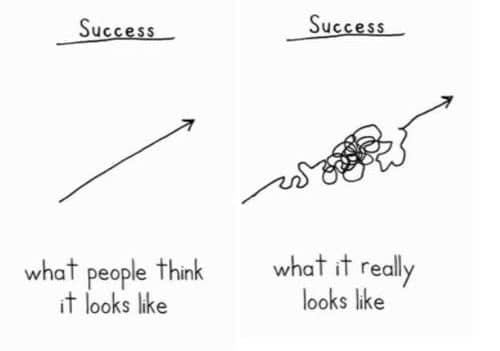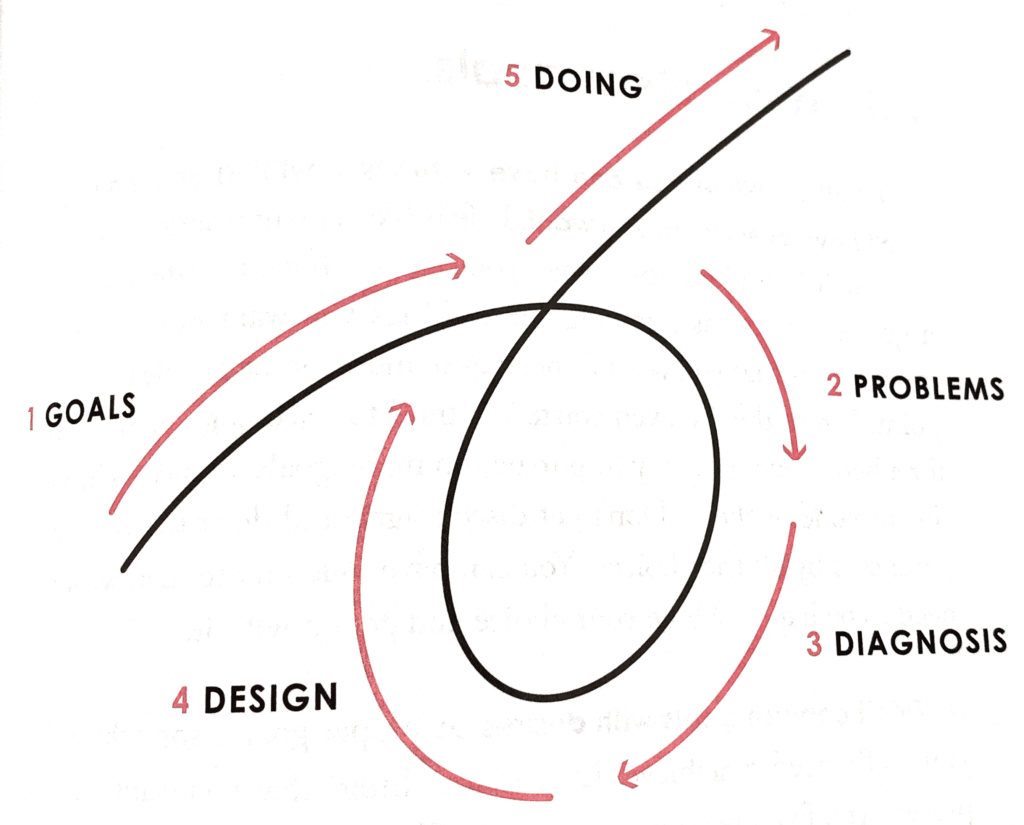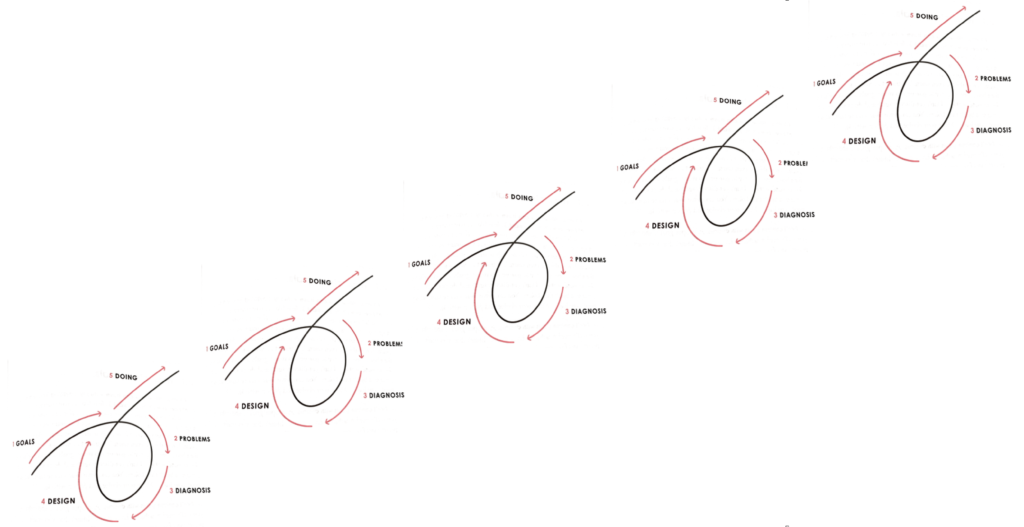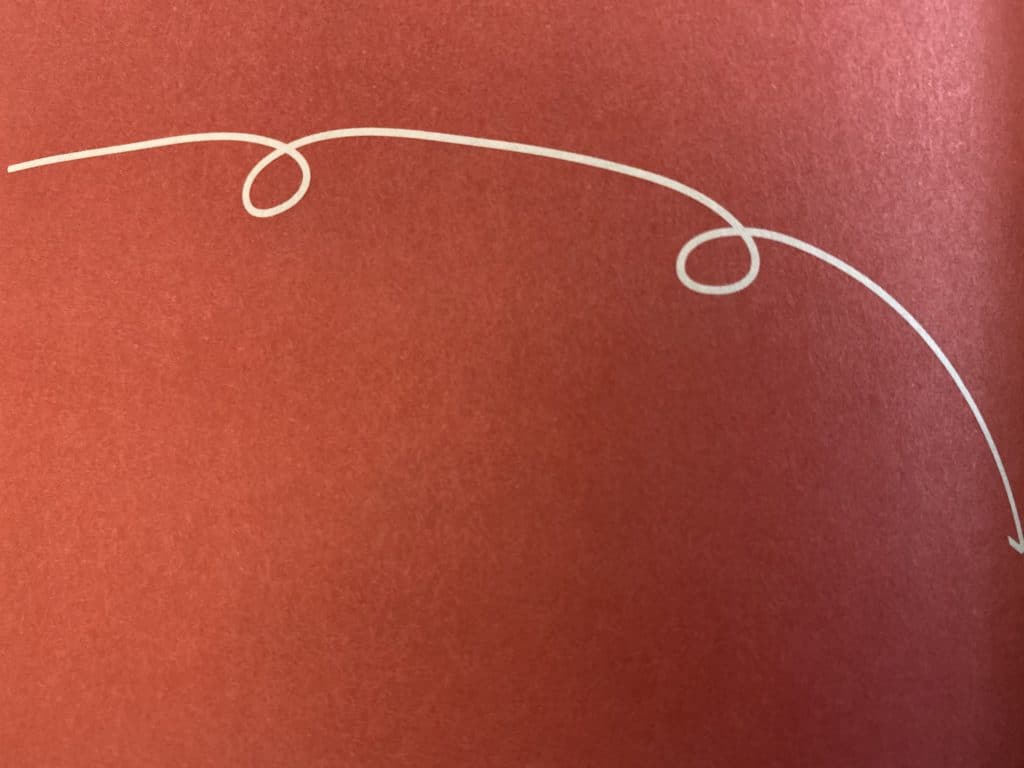

April 28, 2023
Great cultures ,Hacks ,Tools
Everyone says, “How do you get buy-in?” But that’s the soft equivalent of manipulation when we try to “get” people to do anything. What’s more powerful, respectful and lasting is invitations. And there’s a certain way to do them…
February 2, 2021
Great cultures ,Hacks ,Tools
Now, at first this power tool may seem disappointing. Like if I told you I have the secret to weight loss and said, “Workouts.” But… there are workouts you dread and then there’s the Peloton experience with great music, instruction and a crowd. Same, but different.
So the power tool is the org chart. Yes, that incredibly boring outline that always seems to be out of date (that’s half the problem).
Typical org charts look like this:

Notice how dull and uninspiring it is. Why even look at it?
The reason we don’t is because it’s not actually useful. But the potential is huge. Why? Because the bigger the company gets, the more people get confused about who does what. Who has the authority? Who is the gatekeeper? Who has domain expertise?
Imagine you have a new idea, and you don’t even know whom to talk to about it.
Take a look at this map I did for my team at Zappos (and beyond the words, notice the feeling you have about it as you look at it). When my team saw it, it felt like a breath of fresh air.

The opportunity is to make it come alive in the following ways:
1. Use photos rather than names.
Using just a name and a title reduces people to letters. Humanize it.
2. Show actual roles and responsibilities
Titles are not only boring, they’re often not fully descriptive or they assume a lot of knowledge of the person reading it. Your people aren’t there to figure out the code of titles. They’re there to do the work. And this lack of information adds unnecessary friction.
3. Keep it up to date
I just consulted for one the world’s largest social media companies. I said a caveat to my recommendation when I said, “This may sound really ridiculous…” And I told them that for a company their size, having a full time org chart updater actually makes sense. This role goes beyond word and graphic updates. It takes a curious mind, a great communicator and an ability to connect people in various roles (like playing the game Memory).
For more on this see the chapter on “The Corporate Navigator” in my book, The Culture Blueprint: The Guide to the High Performance Workplace.
October 31, 2019
Great cultures ,Productivity ,Tools
Everyone knows the path to success is not a straight line, but it’s NOT total chaos like some think either:

Image credit: This Is A Book, by Demetri Martin
I think the best path is described in the book Principles, by Ray Dahlio.




October 14, 2019
Great cultures ,Hacks ,Personal Exploration ,Tools
“How lucky are you on a scale from 0-10?”
Zappos recruiting would ask this question in interviews because people who feel lucky are generally grateful, joyful and optimistic. People who don’t feel lucky tend to believe that they haven’t been given many breaks and they can’t rely on anyone. In other words, they’re not the best team players.
I’ve thought a lot about luck over the years, because I’ve been very lucky. One of my business partners once called his “good luck charm.” He said he believed things went well when I’m around and that there’s this sense that anything is possible.
And it often triggers people when I say I’m lucky. They think luck means leaving everything to chance. They think it means taking no responsibility for what happens. And in some ways I think they’re right. I mean, how much control do we really have? And how many good things have happened that we just can’t explain? (PS – People who don’t like the word luck usually prefer the word “fortunate”).
So let me tell you what I think it is, and how I think you can get more of it.
Most people call luck the intersection of preparation and opportunity.
If you ask very successful people what’s the one thing they would need besides money if they lost everything and had to start again – it’s their Contacts Book (also called a rolodex). The contacts I’ve met have been key to all of my success, and those moments we meet are the game changers.
I happened to be at Georgetown Leadership School at the same time as Dave Logan. And that got us into Zappos where I happened to meet Tony Hsieh with an author we both loved, which started our conversations that lead to me coming to Zappos. Before that moment I couldn’t get a job in organizational development for the life of me.
Tony would call it the power of serendipity. So he made sure all the fire exits were closed to regular traffic so that everyone went through one entrance and could meet people they would otherwise never see. Now he’s doing that with his downtown abode, where they’ve recreated a version of Burning Man.
I’ve met amazing people there, and I continue to meet amazing people wherever I go.
So here’s a few tips on how to engineer your own luck…
1. Show up early
To everything. By showing up early you create the space to meet people that you otherwise would never meet. If you’re only on time or showing up late, you close down that window of opportunity.
2. Follow the energy
When I lost everything in a venture, I didn’t want to do any kind of work… except being a Spinning instructor. And (at the time) there was no money in that. But it was the only thing I felt gave me energy. By doing it, I increased my energy, and then brought that energy into my interactions that helped me get my next big break. It made no sense, but I followed the energy. What
3. Assume you’re in it.
Rather than trying to find these moments (being in the right place at the right time with the right people), go into situations assuming you’re already there, and get curious about what you could learn, or contribute with them.
Have fun and tell me how it goes!
July 20, 2018
Tools ,Values ,Vision

You’ve probably heard this one…
The story about the company that was so excited to bring in the new intranet software so they could finally get everyone on the same page, share knowledge, stay up to date and unify the company, and then… no one used it.
Something happened when we started using the word “Human Capital.” It used to be called “Personnel” – as in real people. But companies got so big that people became numbers. We then start to track them, count them and trade them like they’re any other resource. Just one of several cogs in the machine.
People are emotional, irrational, passionate and full of surprises.
Some will read that and be terrified by that statement.
Others will know that this is the source of innovation, fun and ingenuity that make work exciting and that enable us to solve the world’s biggest problems.
Now that more and more companies understand it’s all about the culture, along come all the people who think software can run the show. Graphs, numbers, input/output, dashboards….
“Ahh, I finally have the feeling that I’m in control of the people situation!”
Guess again.
To be fair, some visual tracking can be very helpful. Especially with simple elegant systems like NPS. But anything more than that comes with a few issues:
1. Survey fatigue
2. Nothing actually happening with the results of said surveys
3. The feeling that people are getting dehumanized
I saw a meme on Facebook that read, “Do you ever notice your successful friends are never posting inspirational quotes?”
In that spirit, have you ever noticed that the really successful cultures aren’t using complex systems to track how happy their people are? When you’re clear on vision and values, and get the right people on board, people can create their own happiness.
Let’s get back to the basics.
In the spirit of the Mr. Rogers documentary that just came out:
“Life is simple and deep.
But we make it complex and shallow.”
-Fred Rogers